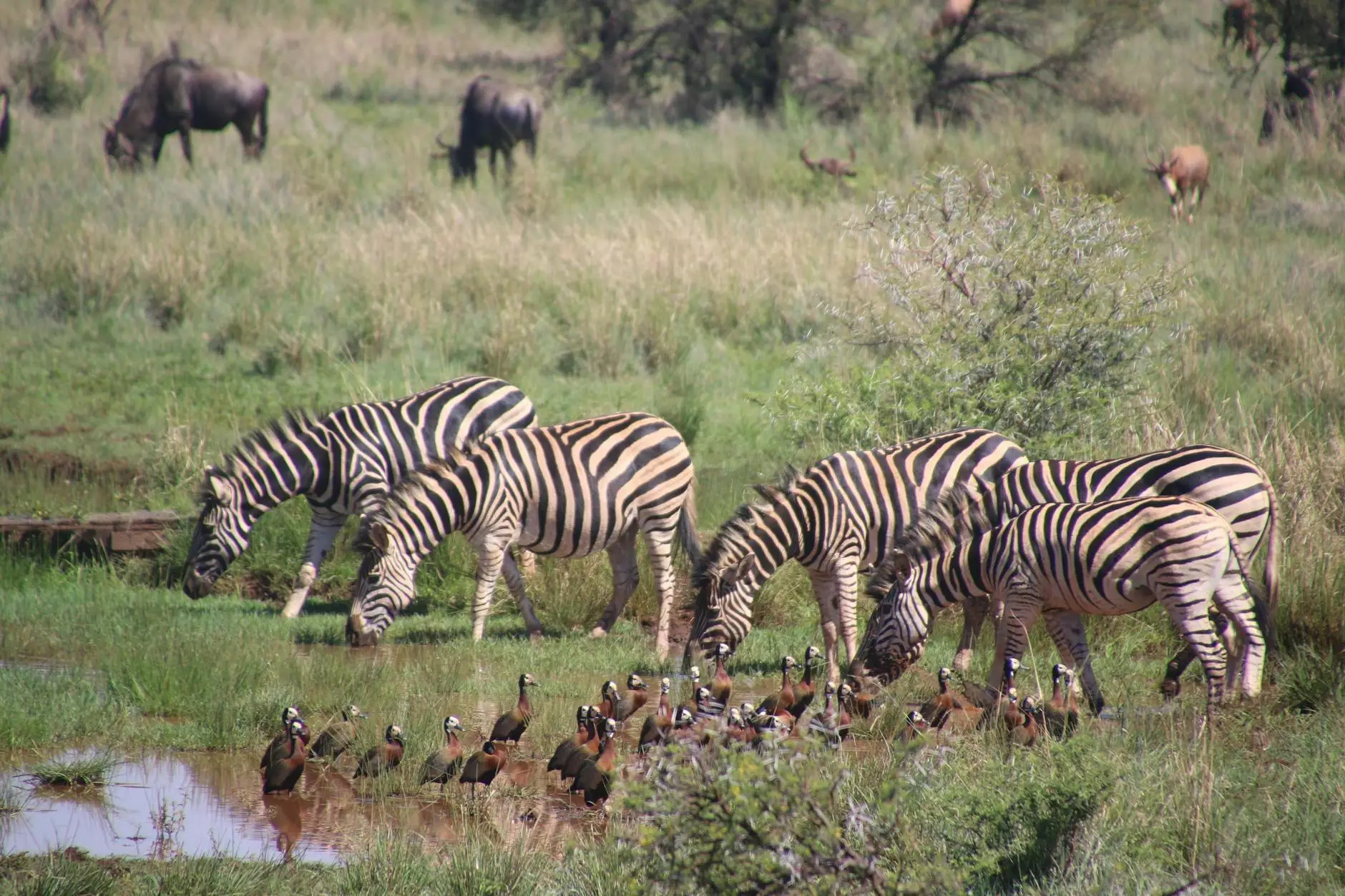What's The Difference? White Rhino Vs Black Rhino
Travel
Welcome to Jet Set Tour Packages, where we provide exceptional travel and tourism experiences for nature enthusiasts. If you are fascinated by wildlife and have a keen interest in rhinos, you've come to the right place! In this article, we will dive deep into the differences between white rhinos and black rhinos, two magnificent species that grace the landscapes of Africa.
Physical Characteristics
White and black rhinos may sound like mere color variations, but they are distinct species with unique physical attributes.
White Rhino
The white rhino, also known as the square-lipped rhino, is the larger of the two species. It has a wide, stout build, powerful shoulders, and a broad head. Despite its name, the white rhino is not actually white, but a grayish-brown color, similar to the black rhino. The name "white" is believed to be a mistranslation of the Dutch word "wijd," meaning wide, referring to the rhino's wide upper lip adapted for grazing.
The white rhino has a distinctive flat, broad mouth and grazes extensively on grasses, which constitute a significant part of its diet. Due to its large size, the white rhino tends to have a calmer temperament compared to its counterpart.
Black Rhino
The black rhino, also referred to as the hook-lipped rhino, sports a more compact and agile body, suitable for navigating through dense vegetation. It possesses a pointed, prehensile upper lip, which it uses to pluck leaves and twigs from bushes. This unique lip adaptation helps the black rhino feed on a diverse array of vegetation, including woody plants and shoots.
Black rhinos are experts in browsing and have a more selective feeding behavior compared to white rhinos. Their smaller size and agile maneuverability enable them to explore their environment more extensively.
Habitat and Distribution
Understanding the habitat preferences and geographic distribution of these rhino species is essential for planning your ideal rhino safari.
White Rhino
White rhinos predominantly inhabit grassland savannas, where their grazing habits align with the abundance of grasses. The southern white rhino subspecies is found in southern Africa, particularly in countries such as South Africa and Zimbabwe. The northern white rhino subspecies, sadly on the brink of extinction, was once found in parts of Central Africa.
Black Rhino
Black rhinos are more adaptable to various habitat types, including both savannas and dense vegetation areas, such as shrubland and woodlands. They can be found across several countries in southern and eastern Africa, including countries like Namibia, Kenya, and Tanzania.
Behavior and Social Structure
Both white rhinos and black rhinos exhibit interesting behavioral patterns and have distinct social structures.
White Rhino
White rhinos are generally more social compared to their black rhino counterparts. They tend to form small groups known as "crashes," consisting of a dominant male, females, and their calves. These crashes can consist of up to 12 individuals, and social interactions play a crucial role in maintaining their group dynamics.
Moreover, white rhinos are known for their "wallowing" behavior, where they indulge in rolling around in mud or water. This activity serves multiple purposes, including thermoregulation, protection against parasites, and skin hydration.
Black Rhino
Black rhinos are more solitary by nature and prefer a more independent lifestyle. Males claim territories and mark them with dung piles and urine as a way of communicating their presence to other rhinos. They are known to be more aggressive and have a higher tendency to charge when feeling threatened.
Conservation Status
The conservation of these majestic creatures is of utmost importance to preserve their existence. Both white rhino and black rhino populations face various challenges, making their conservation efforts critical.
White Rhino
The southern white rhino, although previously close to extinction, has made a remarkable recovery mainly due to conservation initiatives. Today, they are classified as "near threatened" by the International Union for Conservation of Nature (IUCN). However, continuous efforts are required to combat poaching and protect their habitats.
On the other hand, the northern white rhino is teetering on the edge of extinction, with only two individuals remaining in the world. Dedicated conservationists are working tirelessly to save this subspecies through innovative assisted reproductive techniques.
Black Rhino
The black rhino population faces a more critical situation, as they are listed as "critically endangered" by the IUCN. Poaching, habitat loss, and political instability in certain regions have taken a toll on their numbers. Nevertheless, various organizations, government bodies, and local communities are actively involved in conservation efforts to save this species from extinction.
Plan Your Rhino Safari with Jet Set Tour Packages
If you are inspired to witness these incredible creatures up close and contribute to their conservation, Jet Set Tour Packages offers exceptional rhino safari experiences. Our team of experienced guides and conservation experts will ensure a memorable journey through the natural habitats of these magnificent animals.
Embark on an adventure of a lifetime, where you can witness the distinct differences between white rhinos and black rhinos firsthand. By choosing Jet Set Tour Packages, you contribute to responsible tourism, supporting conservation initiatives that protect these endangered species.
Book your rhino safari today and experience the wonders of the African wilderness with us!










